Seeing Differently
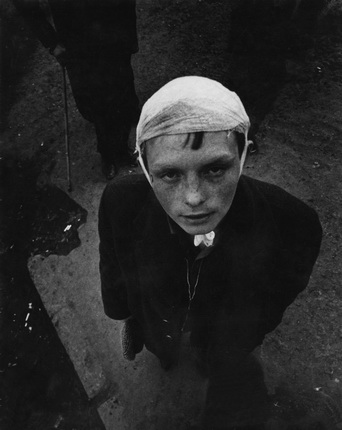

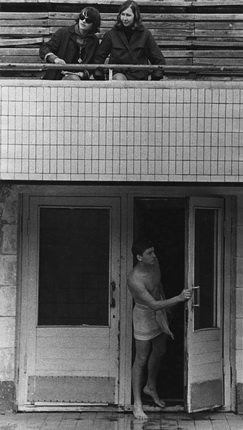
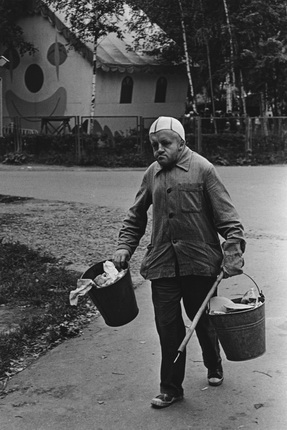

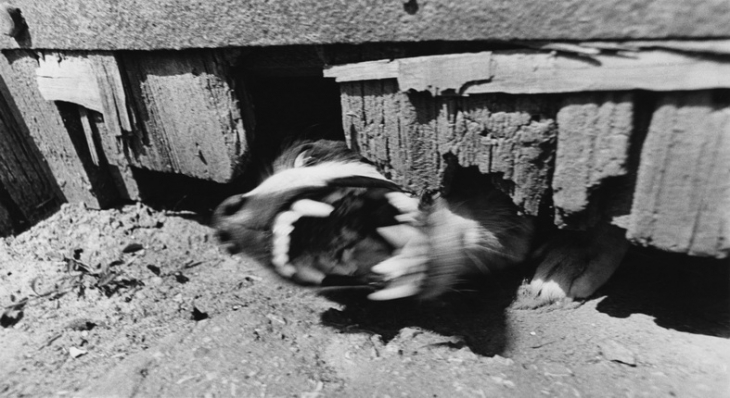

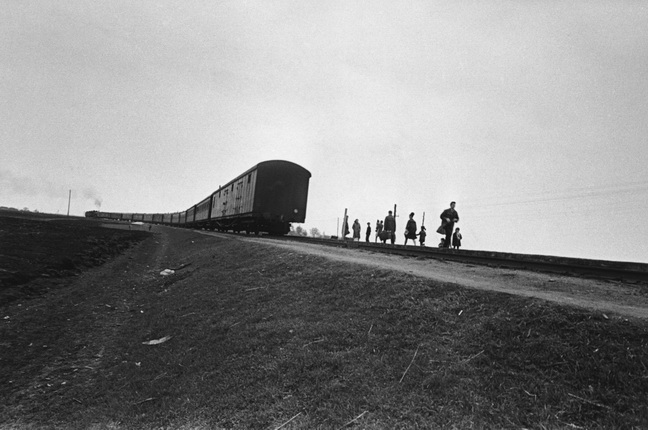
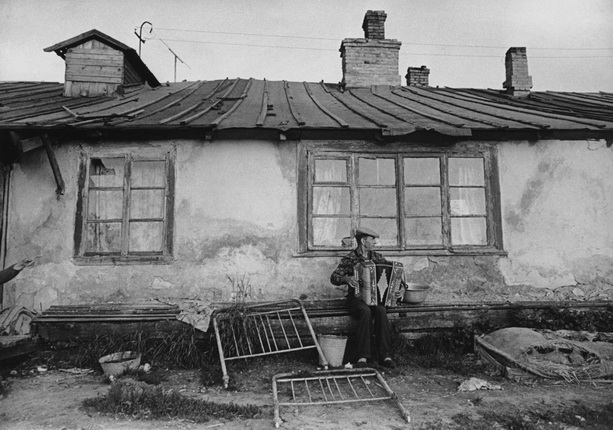
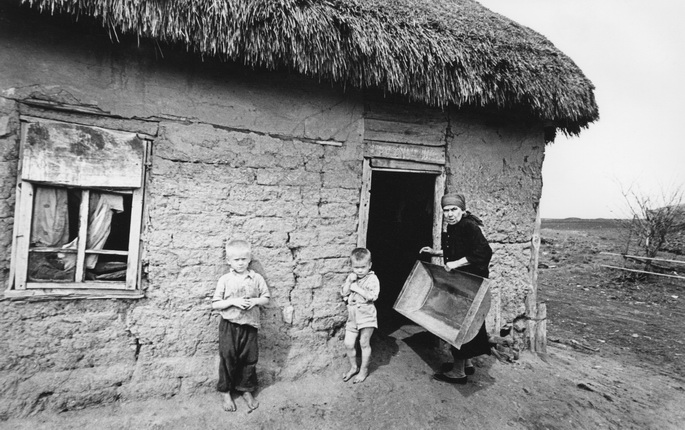
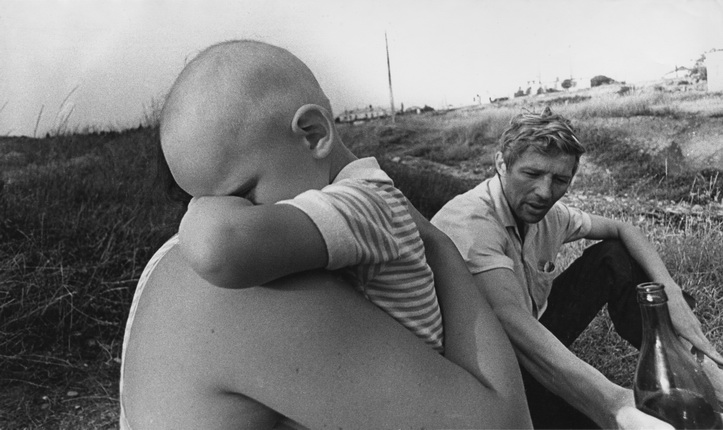
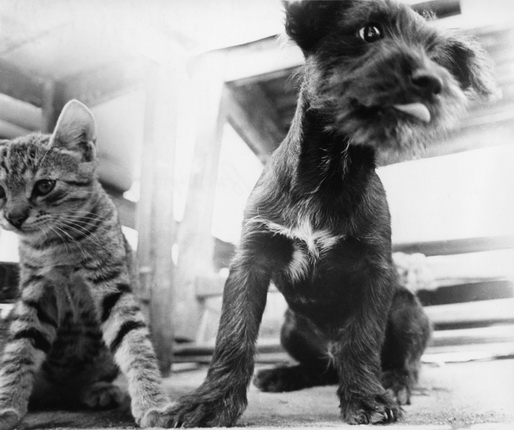
Victor Ershov. Perspective. 1972. Author's silver gelatin print. Collection of Y. Rybchinsky / Gift of Galina Ershova
Виктор Ершов. Поехали! Из серии «Детские игры», 1970 – 1980-е (?). Авторский серебряно-желатиновый отпечаток. Коллекция МАММ / Фонд Ю. Рыбчинского и Э. Гладкова / Дар Галины Ершовой
Victor Ershov. In the ‘Moskva’ swimming pool. 1980s. Author's silver gelatin print. MAMM collection / Y. Rybchinsky and E. Gladkov Fund / Gift of Galina Ershova
Victor Ershov. At a psychoneurological clinic. 1990s. Modern silver gelatin print by T. Isaeva. MAMM collection / Y. Rybchinsky and E. Gladkov Fund / Gift of Galina Ershova
Victor Ershov. Queue for fish. 1970s. Author's silver gelatin print. MAMM collection / Y. Rybchinsky and E. Gladkov Fund / Gift of Galina Ershova
Victor Ershov. Dog's jaws. 1972. Author's silver gelatin print. Collection of Y. Rybchinsky / Gift of Galina Ershova
Victor Ershov. Waiting. 1980s (?). Modern silver gelatin print by T. Isaeva. MAMM collection / Y. Rybchinsky and E. Gladkov Fund / Gift of Galina Ershova
Victor Ershov. Train stop. 1970. Author's silver gelatin print. MAMM collection / Y. Rybchinsky and E. Gladkov Fund / Gift of Alexei Alyokhin
Victor Ershov. From the series ‘Village’, 1970s. Author's silver gelatin print. Collection of Y. Rybchinsky / Gift of Galina Ershova
Victor Ershov. Hovel. From the series ‘Village’, 1970s. Author's silver gelatin print. Collection of Y. Rybchinsky / Gift of Galina Ershova
Victor Ershov. Recreation. 1970s. Silver gelatin print 1990s. MAMM collection / Y. Rybchinsky and E. Gladkov Fund
Victor Ershov. Herd. We get along. 1970s (?). Author's silver gelatin print. MAMM collection / Y. Rybchinsky and E. Gladkov Fund / Gift of Galina Ershova
Moscow, 25.03.2014—4.05.2014
exhibition is over
Zourab Tsereteli Gallery of Fine-Arts
19, Prechistenka street (
opening hours: 12:00 - 20:00, Friday 12:00 - 22:00, Sunday 12:00 - 19:00, day off - Monday.
Tel: + 7 (495) 637-25-69
Share with friends
Curators: Sergey Burasovsky, Yuri Rybchinsky
Project presented by the Moscow House of Photography Museum
For the press
Here he is, Victor Ershov.
This man is the seam
between Soviet and post-Soviet photos.
He became post-Soviet, rose to his post,
and left for the cemetery,
but stayed with us as a seam
and a bridge.
Victor Ershov joined the Soviet Union magazine in the mid-60s. He was a very lively and restless young man, obsessed with photography. Another distinguishing feature was that he loved to show his new ‘snapshots’ to everyone in the editorial office, to discuss them and hear people’s opinions. (Just as poets like to read their verses, since having an audience is an insatiable need as far as they are concerned.) But most importantly, he showed us what he had seen himself and printed himself, not shots commissioned by the editors. And that was always interesting because they were not the images that got printed. This was what existed in real life. Victor never passed by, he took those shots, probably knowing they would never be accepted for print. And he did this in a photographically precise and expressive manner.
There were several such people in my circle, and their names are now well-known: Alexander Lapin, Alexander Slyusarev, Boris Mikhailov, Vladimir Syomin, Lyalya Kuznetsova... They ‘saw differently’ — this phrase stuck, coined by the Finnish publishers who produced an album of works by several unofficial photographers from the USSR in the late 1980s. But Ershov never became famous. He was, as they say, not short of attention from colleagues interested in his work, but he never lived to see the time ‘when the tastes of critics and lovers of photography crystallised and a new photographic Olympus arose’, composed of élite and ‘well-established photographers’, including those who were formerly persecuted and rejected, before gaining officially acceptance. Victor Ershov never joined this select cohort, remaining half-forgotten and rarely mentioned in materials on the history of Soviet and Russian photography.
Today we can fill this gap and give Victor Ershov his due, as a photographer with perspicacious vision, a firm and lively conviction that we should not photograph the ‘street of dreams’ conceived by some editor-in-chief but what we see ourselves, in the way we see it. This exhibition was made possible by the concern shown for her elder brother Victor by his sister Galina Ershova, who preserved and donated his archive to the Moscow House of Photography Museum.
Yuri Rybchinsky
07 January 1949
Born in Sillamäe, Estonia.
1959–1965
After his family moves to Moscow he attends a film and photography studio at the Palace of Pioneers and Schoolchildren on the Lenin Hills. This was a famous studio headed by Izrail Isaakovich Goldberg, who trained dozens of professional photographers including photo correspondents working for Ogonyok and Soviet Photo magazines and APN and Reuter news agencies.
1966
Victor Ershov’s photographs are displayed in an exhibition by studio students. After seeing them Leonid Bergoltsev, a well-known photographer and camera reporter with Soviet Union magazine, introduces the talented young man to the chief editors and suggests they put him to the test in a professional capacity.
1967
Victor Ershov begins working for the editorial office of Soviet Union magazine as darkroom assistant. He spends much of his spare time taking photographs and his images appear in the magazine. Soon Ershov becomes a freelance press photographer. (He remained freelance to take advantage of the opportunities enjoyed by an independent photographer.)
1967–1973
Takes evening classes at the Moscow State University Faculty of Journalism; receives his graduation diploma from the university.
1972
Becomes a member of the Moscow Gorkom (City Committee) of Graphic Artists. Participates in the famous ‘underground’ exhibitions by Gorkom on Malaya Gruzinskaya street.
1974
Meets his future wife Marina Natalich at the editorial offices of Krugozor magazine.
1980 — 1990
Numerous assignments outside Moscow: Central Asia, the Caucasus, Siberia, the Baltic States, etc. While carrying out his official commissions Ershov loses no time in adding to his own collection, where he preserves photographs not accepted for print. You might say that Victor Ershov was a trailblazer in the genre now called street photography. These images predominate in the Victor Ershov archive, which his sister Galina Ershova later donated to the Moscow House of Photography Museum.
10 January 1997
Victor Ershov dies on a Moscow suburban train, in circumstances that have never been explained. One possible cause of death is alcohol poisoning. He passed away just a few days after his 48th birthday.
March 2012
Victor Ershov’s archive is given to the Yuri Rybchinsky and Eduard Gladkov Fund, to be transferred later to the Moscow House of Photography.








